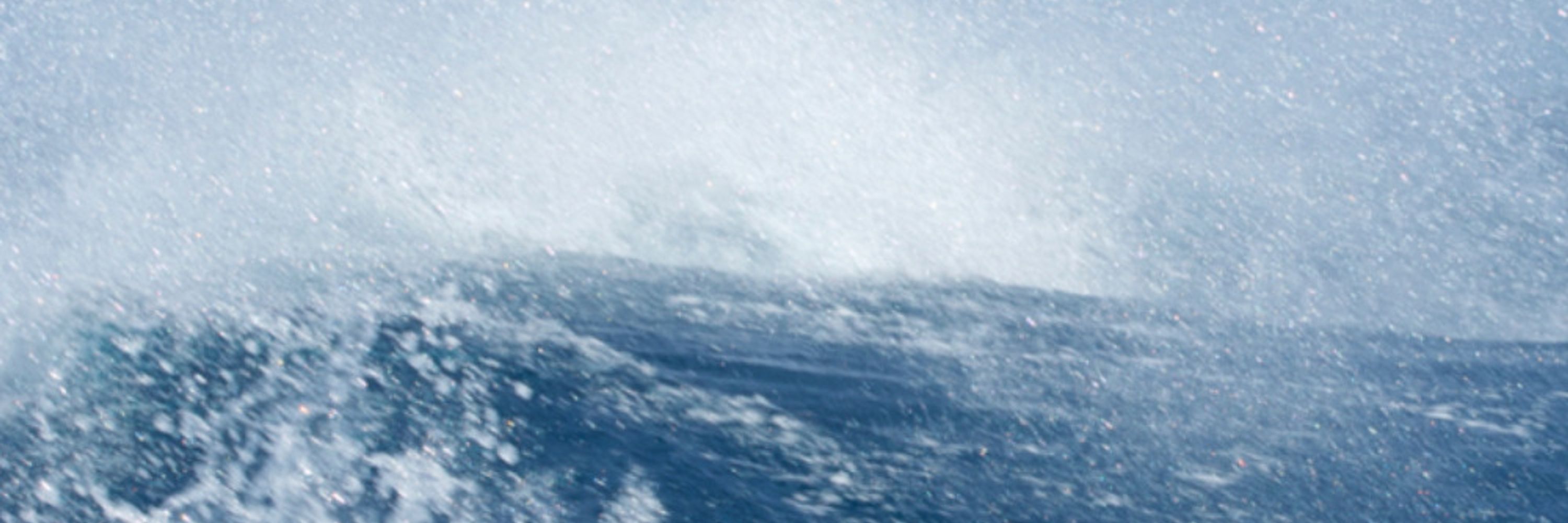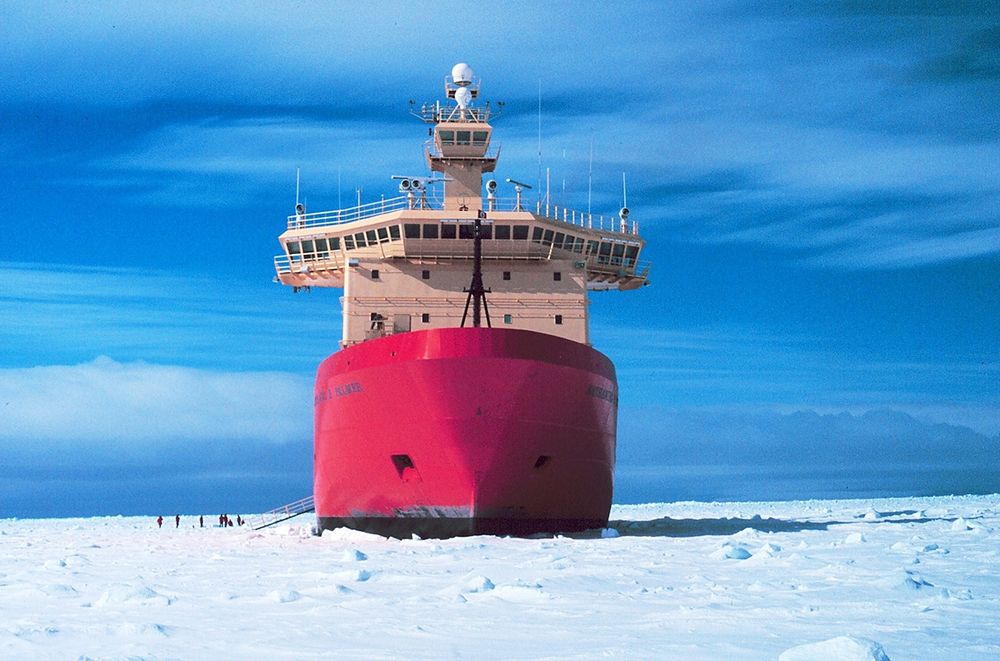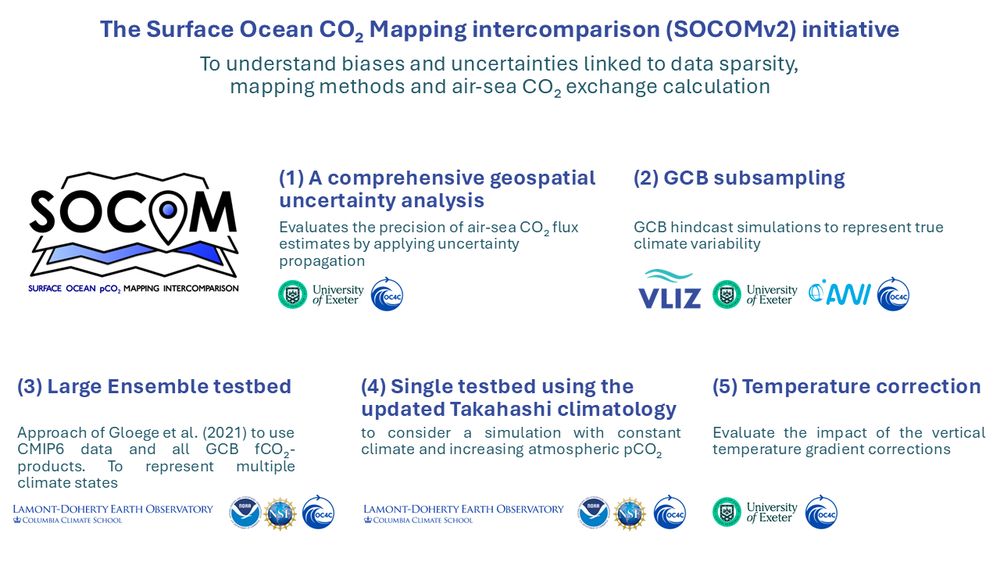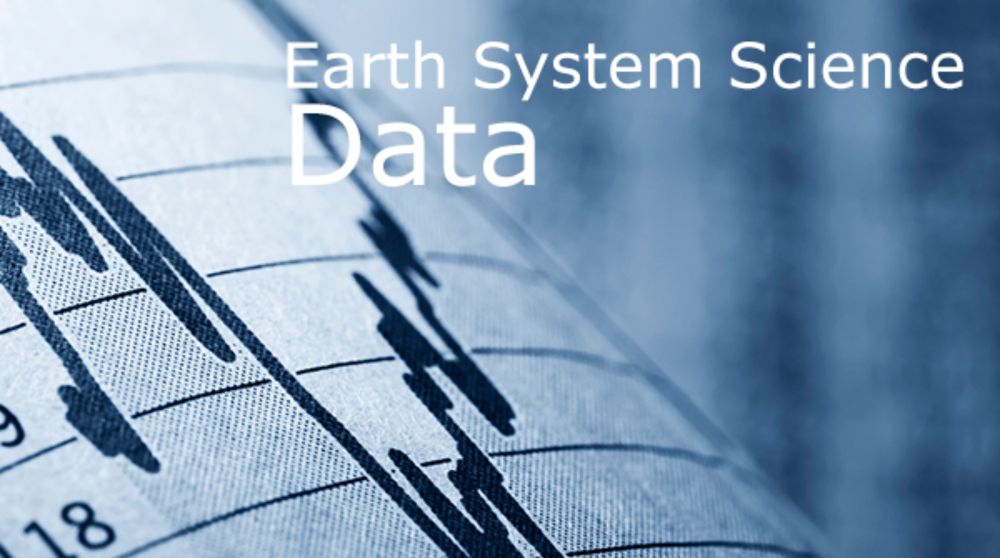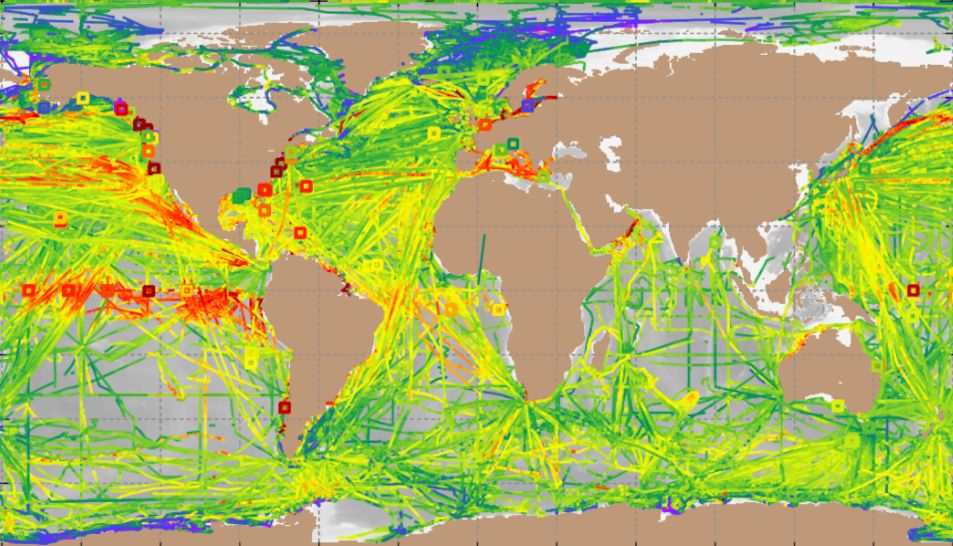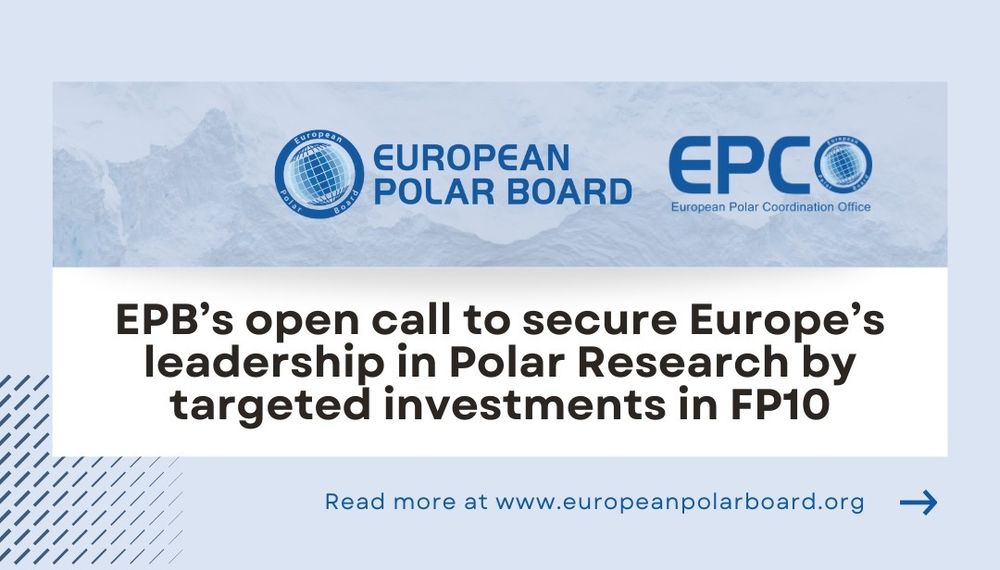Judith Hauck
@jhauck.bsky.social
2.2K followers
650 following
220 posts
Professor of polar biogeochemical modelling at University of Bremen and ocean carbon cycle scientist / marine biogeochemical modeller at the Alfred Wegener Institute for Polar and Marine Research, Germany. Views are my own.
Posts
Media
Videos
Starter Packs
Reposted by Judith Hauck
Reposted by Judith Hauck
Reposted by Judith Hauck
Reposted by Judith Hauck
Reposted by Judith Hauck
Carlos Moffat
@carlosmoffat.com
· Jul 25
Reposted by Judith Hauck
Reposted by Judith Hauck
Reposted by Judith Hauck
Jaime Palter
@jaimepalter.bsky.social
· Jun 21
Reposted by Judith Hauck
Reposted by Judith Hauck
Gunnar Myhre
@gunnarmy.bsky.social
· Jun 12
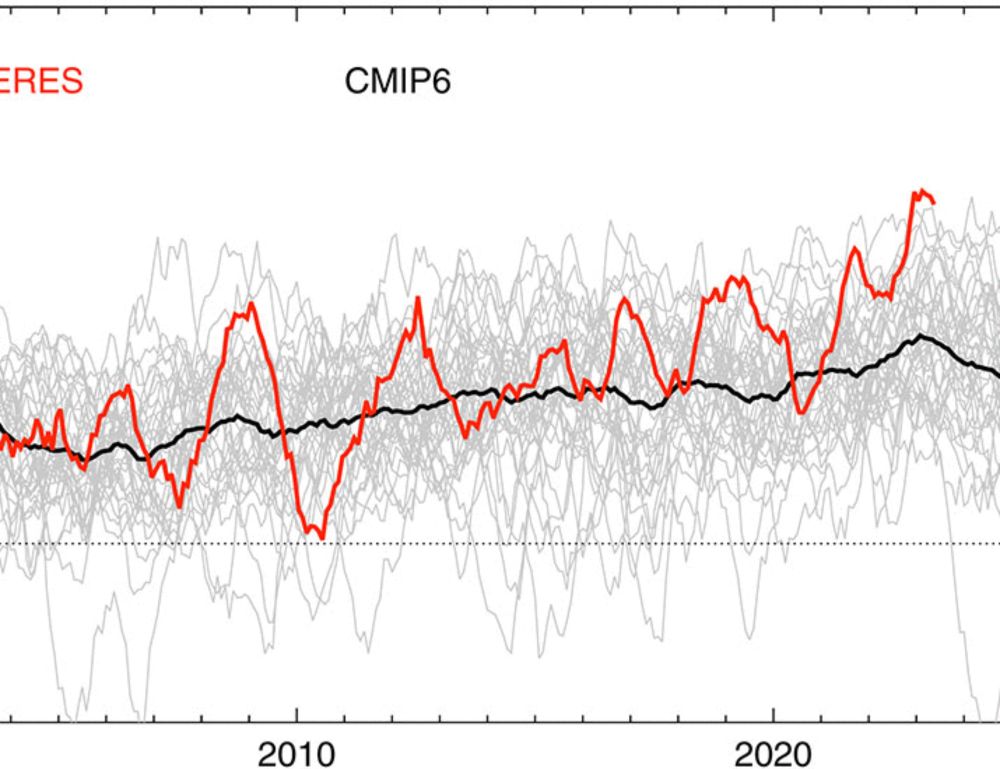
Observed trend in Earth energy imbalance may provide a constraint for low climate sensitivity models
Climate forcings by greenhouse gases and aerosols cause an imbalance at the top of the atmosphere between the net incoming solar radiation and outgoing longwave radiation from Earth. This Earth energy...
www.science.org
Reposted by Judith Hauck
Reposted by Judith Hauck
Reposted by Judith Hauck
Judith Hauck
@jhauck.bsky.social
· May 27
Reposted by Judith Hauck
Judith Hauck
@jhauck.bsky.social
· May 19
Reposted by Judith Hauck
